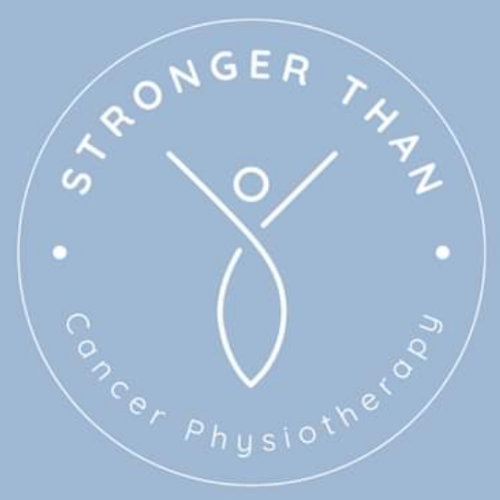Exercise and incisional hernias: inspired by real life stories
Its Men’s Health Week, so I wanted to write something to reflect the real life experiences of men with cancer.
This blog post is inspired by a conversation I was having recently, with Cancer Lads, an amazing community set up by the Collard twins. While battling cancer together, they found there was not enough being done to support men going through the same experiences as them. Their mission is to create an army of cancer brothers, connecting men with other men who just get it. The work they do is amazing and I have followed them on Instagram for sometime, in complete admiration!
There were some questions about the ‘do's and don'ts' in the lead up to hernia repair surgery. While advice is usually something along the lines of, “don't lift anything, not even a shopping bag" - as a young and active person, this is pretty devastating. This is especially hard if you have gone through cancer treatment and have invested a huge amount of time, energy and will-power to build yourself back to regular exercising. Having a clear understanding of hernias, goes a long way in relieving fear and frustration during the tricky pre-operative limbo.
So… let's clear a few things up!
What is an incisional hernia?
There a many different types of hernias, which require different management and advice. An incisional hernia happens most commonly after open abdomin surgery, where large incision (cut) is made through the skin and muscles. For the majority of people, the scar will heal well and your abdominal muscles will regain the same strength as they had before. However, when the deeper layers of muscle do not knit back together as tightly as before, this can leave a weakness and space for tissue or bowel to poke through. This can happen months or years after an operation - though most commonly within the first year of surgery.
Why would I have one?
The reason someone may develop an incisional hernia could be:
Returning to activity/exercise too quickly or heavily after surgery
Pregnancy causing increased pressure following abdominal surgery
Conditions that cause wound healing issues, for example, diabetes.
Being overweight, puts increased pressure on abdominal tissues during healing process.
How can it be fixed?
Once you have a hernia, it is unlikely to heal on its own and will require surgical intervention. Depending on the size of the hernia, the procedure may be open (large incision) or laparoscopic (key-hole). This will likely involve using a mesh placed over the open hernia.. Over time, your tissue will grow into the mesh, to reinforce your muscle and prevent hernia re-occurrence.
How can I help myself?
Before your surgery, it is so important to prevent the hernia worsening and resulting in a more complicated procedure. This means that any movements or exercises that put excessive stretch or strain on the abdomen need to be avoided! This includes lifting weights or heavy items, twisting movements such as playing football, full body weight exercises, certain yoga positions and all contact sports.
Having said this, you should not feel fearful of all movement and exercise - in fact, keeping active in a safe way before surgery is encouraged, to prevent complications.
Exercise is also fundamental for many people's mental health. In my opinion, the risks of inactivity on mental health should be taken as seriously as the risks of exercise on a hernia. Balance, as always, is key.
What exercise can I do?
To find a temporary balance, you should consider gentler forms of exercise - a daily long walk, a gentle jog, recumbant cycling or water-based exercises, such as swimming or water aerobics. These will put less pressure on the abdomen, while still achieving cardiovascular benefits, to prevent clotting and other complications of surgery.
What should I do after my surgery?
Once you've had the operation, it is critical to get clear guidance on when you can be returning to exercise. This may be several weeks, for returning to full activity. Your surgeon will know the most about your hernia and procedure (having been there and done that!), but be sure to ask for a referral to physiotherapy if you would to speak with someone about returning to exercise.
It is critical to return to exercise in a controlled and incremental way. Starting small and building your routine is the best way to recover and get back to exercise safely and permenantly! The phrase don't run before you can walk certainly applies here!
For a personalised exercise programme and ongoing support, before or after hernia repair, just get in touch with me. I'd be delighted to help you get back to fighting fitness.
Have you ever had a hernia? Do you have any experience to share? Comment below to help people going through similar experiences to you!





